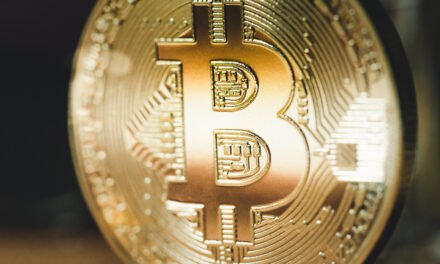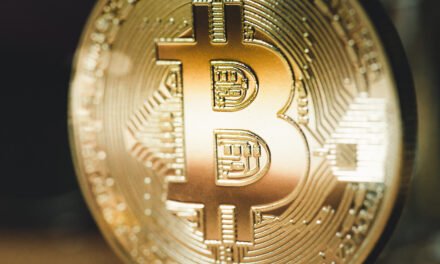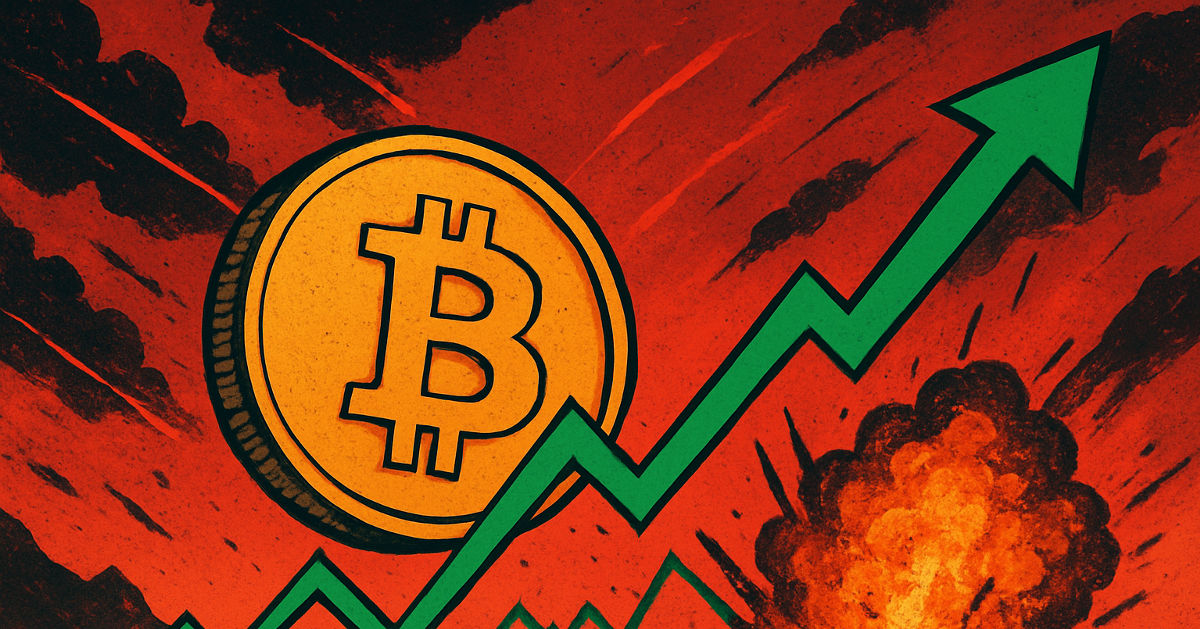Digital currencies have transformed the financial landscape in recent years with stable coins emerging as a significant innovation. So what exactly are these cryptocurrencies? At their core, stablecoins aim to maintain consistent value by pegging themselves against traditional currencies like US dollars or commodities such as gold. This feature provides users with familiarity amidst volatility that characterizes most other crypto assets.
Stable coins offer a valuable advantage in an unpredictable marketplace by providing stability that other cryptocurrencies like Bitcoin or Ethereum cannot match. Unlike these volatile options stable coins exhibit minimal price fluctuations making them ideal for everyday transactions and remittances while also serving as a safe haven during times of turbulence. With this reliability comes greater confidence among businesses and individuals alike when adopting digital currencies into their daily lives. The ability to trust the medium you’re using is critical when conducting financial exchanges – something that stable coins excel at doing.
The mechanics behind stable coins are relatively straightforward but can vary depending on their type. There are three primary categories: fiat collateralized, crypto collateralized and algorithmic stablecoins. Fiat collateralized ones maintain reserves of traditional currency to back each issued unit ensuring that holders may redeem them at any time for an equivalent amount in dollars or euros. Cryptocurrency is used as collateral by crypto collateralized variants which require overcollaterization due to price swings. Lastly algorithmic stablecoins rely on smart contracts managing supply dynamically based on demand without direct collateral backing.
Although stable coins offer numerous advantages they are not without their risks. One major concern is regulatory scrutiny – governments worldwide have started taking notice of these digital assets and may impose new regulations that could significantly impact how they operate or function. Additionally there’s always the risk associated with centralization when it comes to fiat backed options where trust rests on institutions holding reserve assets. If those reserves aren’t adequately maintained or audited properly then investors could face catastrophic losses as a result.
When compared to traditional cryptocurrencies like Bitcoin or Litecoin stable coins exhibit several key differences. While speculative investments are often associated with volatile assets such as these latter ones due to their potential for substantial returns – albeit at significant risk levels- stable coins prioritize minimizing risks by providing predictable valuations but generally lack the same level of upside seen in more unpredictable assets .
The future of global finance is shaped by many factors – one being the potential impact that stable coins could have. As blockchain technology continues to evolve alongside growing acceptance among mainstream financial institutions we may witness a shift towards more integrated financial systems utilizing these digital currencies extensively. Imagine cross border payments made instantly without high fees or cumbersome processes – this reality could be facilitated through stable coin usage! With its ease and convenience it has become an attractive option for businesses looking at expanding their operations globally while keeping costs low.
The duality of modern finance is evident in the exploration of stable coins – a path marked by innovation yet fraught with challenges. As we watch this exciting frontier unfold its clear that there are many fascinating developments ahead!






